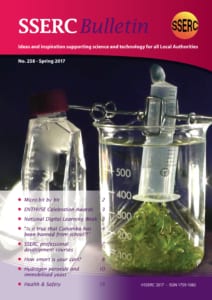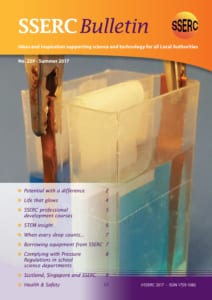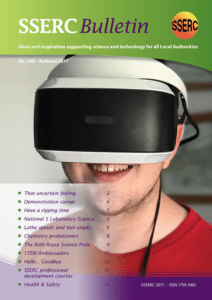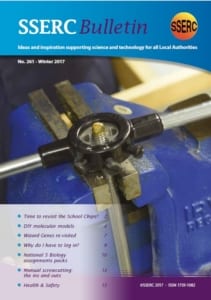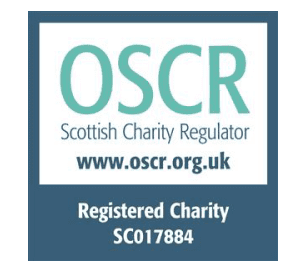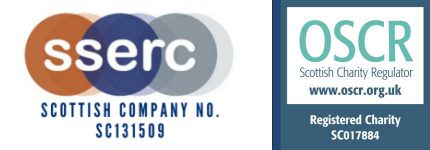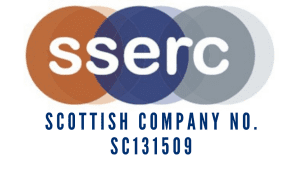In August 2016, on the back of the BBC’s gift of a BBC micro:bit to schools for every S1 student, every Design and Technology department in Scotland was sent a Kitronik Inventor’s Kit for the BBC micro:bit courtesy of SSERC. This kit is a great way to get started with programming and hardware interaction. This Inventor’s Kit contains everything needed to complete 10 experiments including using LEDs, motors, LDRs and capacitors.
“Is it true that Cabomba has been banned from schools?”
Until recently SSERC recommended the use of Cabomba caroliniana for use in simple photosynthesis experiments. However, in 2016 Cabomba, along with various other plant species, was placed on the EU list of invasive alien species. As current stocks are used up it will become increasingly difficult to source Cabomba and ultimately it will be an offence to keep, or supply it.
However, at SSERC we have identified another aquarium oxygenator, also non-native which, to date, is still available to buy. Egeria najas performs just as well as Cabomba in these simple classroom photosynthesis experiments.
SSERC professional development courses & New Senior Technician
An update on the courses SSERC is offering over the next few months. Also, Anja Armstrong joins SSERC as Senior Technician.
An introduction to one of the next generation of dynamics cards for use in physics: the Smart Cart from Pasco
Hydrogen peroxide and immobilised yeast
This article offers a thought-provoking and, as we hope to show here, a fun approach to measuring catalase levels in yeast.
The new SSERC Technology team arrives.
Health and Safety
In light of the whole DNPH farrago, a look at the safe storage and monitoring of chemicals in schools.
The use of caffeine on human subjects
A warning about using caffeine on human subjects in biology investigations.
In this article, we aim to show how it is possible to make and investigate electrochemistry on a small scale using simple and cheap half cells made from ‘tic-tac’ boxes. (Pupils can readily be persuaded to eat the contents!).
It has been about five years since we looked at the topic of bioluminescence [1] in this Bulletin. Since that time there have been some revisions to the documentation relating to both Higher Biology and Higher Human Biology qualifications [2, 3] but in both subjects one of the suggested learning activities continues to be ‘Experiments on ATP dependent reactions, e.g. luciferase, luminescent reactions’.
SSERC professional development courses
An update on the courses SSERC is offering over the next few months.
The STEM Insight programme looks to inspire secondary teachers of STEM subjects and FE professionals to enrich their knowledge of STEM industry so they can better support their students.
The Biology Team in SSERC has recently published a number of experimental ideas involving “immobilised” beads of enzymes, yeast, algae etc.
The new SSERC Technology team arrives.
Health and Safety
C. elegans is widely used as model organism for helminthic parasites. The most common human helminth infection in the UK is threadworms or pinworms (Enterobius vermicularis). C. elegans therefore is a useful model organism for project work. Here is an update on safety considerations.
Pupils and students must, of course, never build circuits that run directly from mains electricity. Batteries make
a safe, effective substitute, provided you follow some simple advice.
Sampling Demodex in schools is not recommended. The size, density and location of mites make it difficult to ensure that a sample will contain mites. In addition students may fi nd it difficult to locate individual mites under the microscope. Also individuals with skin conditions about which they may be sensitive are more likely to produce samples with mites..
Complying with Pressure Regulations in school science departments
School science departments are likely to own apparatus covered by the Pressure Systems Safety Regulations (PSSR).
Devices covered by this legislation that may be used in schools include: Model steam engines (e.g. Mamod, Wilesco), Pressure cookers and Autoclaves (see particular issues with thermostatically controlled autoclaves). This article tells you what you need to do to comply with the legislation.
Considering the behaviour of classical waves can give us insight into phenomena usually considered to be quantum in nature. Here we use apps running on tablets to investigate classical uncertainty, then relate our findings to quantum physics.
An interesting and colourful autocatalytic reaction.
An update on the Rolls Royce Science Prize and the successes of attendees on SSERC courses.
An introduction and guide to the STEM ambassadors scheme
SSERC professional development courses
An update on upcoming CLPL courses at SSERC over the next few months.
No escape from (Virtual) Reality
In virtual reality (VR), a computer is used to recreate a 3D environment that a user can interact with. At present, this is usually done with a special headset. Some have built-in screens, others, such as Google Cardboard, are just holders for smartphones. Some teachers are beginning to use the technology in lessons. Are there any safety issues that we should consider?
Health and Safety
An update on changes in working practices the position of the rip fence whilst rip cutting.
Machining safely and correctly on the centre lathe commands a high degree of importance and the machine should have its speed set appropriately and tools at the correct angles. This article provides helpful guidance on working safely and successfully.
Time to revisit the Schools Chips?
Using microchips for physics experiments and investigations
A series of activities using molecular models and instructions on how to carry these out with DIY versions made from plasticine or sweeties.
An update of the SSERC “Wizard Genes” experiment. With the general trend in replacing synthetic food dyes with more natural alternatives that don’t work, we have been looking for alternatives.
National 5 Biology assignment packs
2 Resource Packs, which could be used to support teachers and students in the implementation of the new National 5 Assignments. The two exemplars are: ‘Fertiliser and the growth of algae’ and ‘Limiting factors in photosynthesis’.
Manual screwcutting: the ins and outs
To help with the process of screwcutting threads on or into metal while working on practical metalwork coursework, we have put together this quick “one stop shop” guide. It contains need to know information on
cutting internal threads using taps.
Health and Safety
Back with the PSSR – revisiting the pressure regulations
An update on the testing of pressure equipment.
A summary of our advice on safe soldering

